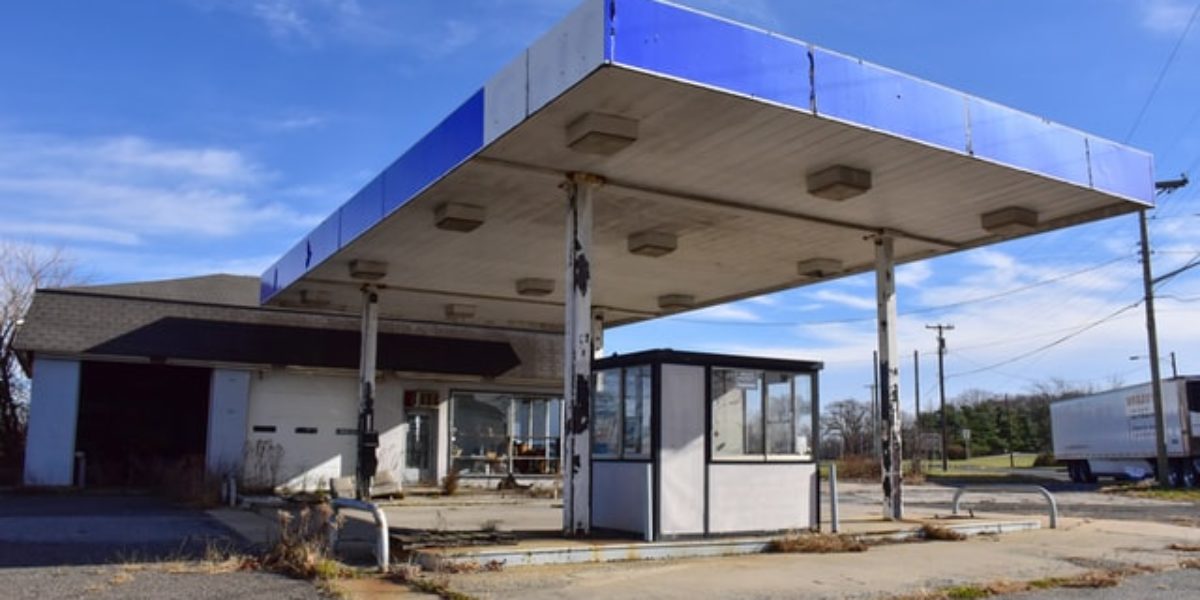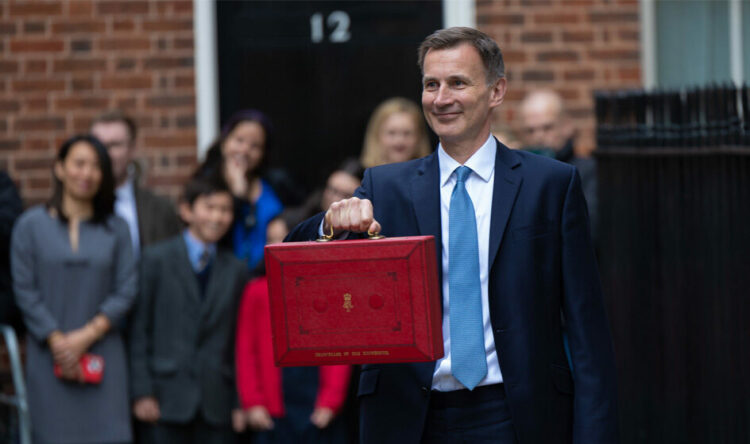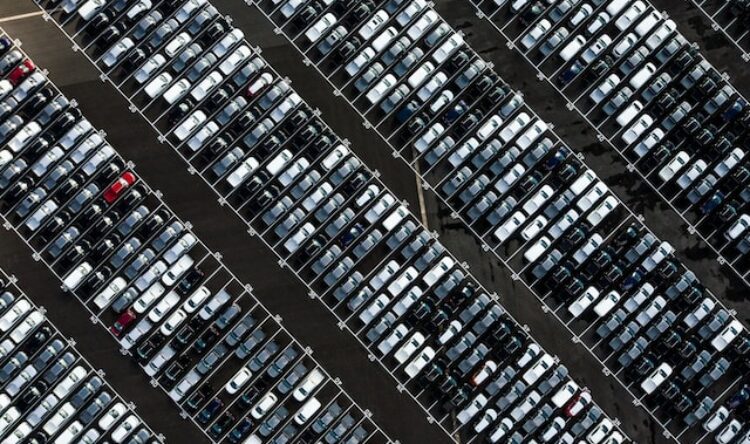Pump prices fair
Government investigations find fuel duty cut was passed on by retailers
The Competition and Markets Authority (CMA) has launched a more in-depth investigation into pump prices. It comes after a review found “cause for concern” in some parts of the fuel market.
However, it finds that the 5p fuel duty cut announced by the Chancellor earlier in the year was passed on by retailers.
An interim update will be published in the autumn.
Business model
The CMA report finds that the main drivers of increased road fuel prices are the rising cost of crude oil. However, there is also a growing gap between the crude oil price and the wholesale price of petrol and diesel – the ‘refining spread’.
The ‘refining spread’ tripled in the last year, growing from 10p to nearly 35p per litre.
Over the same period, the so-called ‘retailer spread’ (the difference between the wholesale price and the price charged to motorists) fluctuated but remained about 10p per litre on average.
Cut diluted by wholesale rises
On the whole, the CMA says that the 5p fuel duty cut appears to have been implemented. The largest fuel retailers did so immediately and others more gradually.
However, the report finds significant differences in price between many rural and urban areas.
The CMA was also asked by the Government to advise on possible measures “to increase the transparency that consumers have over retail prices”.
The review sets out how an open data scheme could help. Consumers would then be able to access and compare local pump price information to make more informed decisions. The move could also create new commercial opportunities for tech developers.
Additionally, it believes there may also be merit in providing more information about pump prices on motorways.
Growing concerns
Sarah Cardell, CMA general counsel, says that recent rises in pump prices are a “major worry” for millions of drivers.
“While there is no escaping the global pressures pushing up fuel prices, the growing gap between the oil price, and the wholesale price of petrol and diesel, is a cause for concern,” she said.
“We now need to get to the bottom of whether there are legitimate reasons for this and, if not, what action can be taken to address it.”
Supply and demand
Cardell believes that the fuel retail market is competitive. However, there are some areas that warrant further investigation.
Despite concerns about fuel retailers profiting from the current situation, its review found that over the course of a year, the gap between wholesale prices and retail prices (the ‘retailer spread’) has not been a significant contributor to the overall rise in pump prices.
The retailer spread is volatile, and the CMA said it was aware that in recent weeks it has grown larger. The CMA will be monitoring this closely as it takes forward the market study.
“These include finding out whether the disparities in price between urban and rural areas are justified,” she explained.
“If evidence emerges of collusion or similar wrongdoing, we won’t hesitate to take action.”
Drilling down
The principal drivers of rising pump prices over the past 12 months have been crude oil prices. These reached record levels in sterling terms in March 2022, and have continued to rise since then.
The dollar-terms increase in oil prices over the past year accounts for around a third of the rise in road fuel prices (20p per litre). The falling value of sterling in that period adding a further 12% (7p per litre).
Then you add the ‘refining spread’ which accounts for just over 40% of the rises (24p per litre).
Both increased demand post-pandemic and reductions in supply (in particular due to the Russian invasion of Ukraine and the mothballing of refining capacity during Covid-19) appear to have played a role in driving up the refining spread.
The retailer spread is volatile and variable. The CMA will be monitoring this closely as it takes forward the market study.
Further analysis of the relationship between wholesale and retail prices – including how rises and falls in wholesale prices are reflected at the pump – will be carried out as part of the CMA’s more in-depth study.
Competition and stability
But Jack Cousens, the AA’s head of roads policy, believes that pump-price competition in the UK is “broken”.
“A month of major wholesale price falls without a penny coming off the average pump price of petrol is testament to that,” he added. There is a real “need for further investigation”.
“Pre-pandemic, UK fuel pricing had settled into a rhythm,” states Cousens. “Significant wholesale price reductions would start to be passed on in a matter of days by ‘cost-cutter’ supermarkets. That would then trigger other supermarkets and fuel retailers to start bringing down theirs or find themselves at a competitive disadvantage.
“That trigger appears to have gone, and now there is a need to find another way to re-invigorate pump-price competition.
Wholesale prices had been falling ahead of the Chancellor’s 5p fuel duty cut on March 23. However, the cut still took weeks to be reflected.
Three solutions to the UK’s pump-price woes have been offered: a road fuel regulator, a tax cut and greater transparency to stimulate competition, says the AA.
A regulator would be helpful as an independent arbiter of fair prices, argues the AA.
However, it would take time to create a road fuel regulator.
A new affordability
The RAC also welcomed the CMA’s report and the commitment to a fuller market review.
RAC fuel spokesman Simon Williams is concerned about the time scales of investigations and actions in the face of the ‘cost of living crisis’.
“Major retailers are incredibly slow to pass on falling wholesale costs, yet quick to pass on rising ones.
“The idea of allowing drivers to more easily pump prices near them may also prove beneficial.”
Williams added: “The question drivers may have, however, is how long the review will take and – crucially – when they might see a change to what they pay every time they fill up.
“We urge the Government to ensure it’s in a position to scrutinise the relationship between wholesale and retail prices. And where issues are found, it must be able to take action that quickly leads to fairer prices.”







